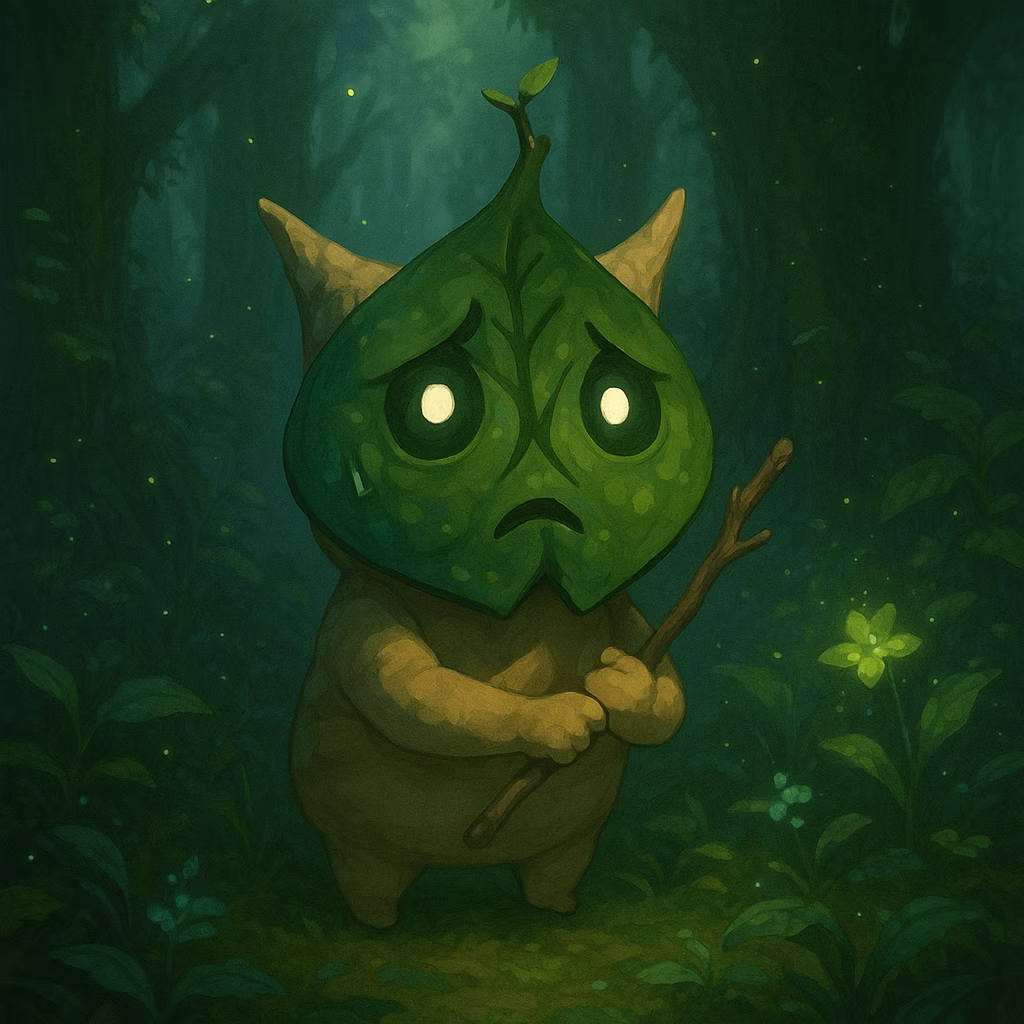The Everlasting Realm of Tears of the Kingdom
Discover the captivating world of The Legend of Zelda: Tears of the Kingdom, where creative freedom, exploration, and community-driven innovations redefine adventure in Hyrule.
In the fading light of 2025, Hyrule still whispers its ancient secrets, a realm reborn in The Legend of Zelda: Tears of the Kingdom. Though Echoes of Wisdom now graces the horizon, the legacy of its predecessor remains untarnished, a testament to boundless imagination. Players wander through skies and depths, where memories intertwine with new discoveries, as if the land itself breathes anew. The passage of time only deepens its allure, inviting souls to retrace steps or forge fresh paths. For in this world, creativity blooms like wildflowers after rain, and every restart feels like a whispered promise—of adventures unfinished and stories untold.

Two years have passed since Link first soared above the clouds, yet the Sky Islands and Depths retain their mystique. These landscapes, vast and uncharted, hold more than mere echoes; they are tapestries woven with hidden shrines, forgotten ruins, and challenges that defy completion. Most adventurers, in their initial journeys, left stones unturned—perhaps a cavern unexplored or a puzzle unsolved. To restart now is to embrace a canvas of endless possibilities, where the familiar becomes foreign again. One might stumble upon a grove of luminous trees in the Depths, their glow a silent guide through shadows. Or ascend to the Sky Islands, where the wind carries tales of ancient civilizations. The sheer volume of content, greater even than Breath of the Wild, ensures that no two traversals are alike. And so, in 2025, the call to begin anew resonates not as repetition, but as reawakening.
Why resist? The game's heart beats in creative freedom. Ultrahand, that gift of ingenuity, transforms obstacles into opportunities. Build a bridge from fallen logs, or craft a vehicle from scraps—each solution a dance of intuition. Last year's approach might have been cautious, methodical; now, it could be wild, experimental. A player once used fans to soar; today, they might fuse rockets to shields, launching into the unknown. This fluidity makes every return a revelation, as problems dissolve into playgrounds.
Consider the community's handiwork. Over these past years, fans have sculpted marvels that breathe life into the digital ether. From sustainable airships gliding over Hyrule Field to colossal war machines that topple Gleeoks, their creations ripple through shared dreams. Some upload blueprints online, turning solitary quests into collaborative epics. A traveler might find a fan-made catapult near Death Mountain, saving hours of toil. Or a delicate glider, designed for silent flight, appearing as if by magic. This ever-growing library of ingenuity transforms the game into a living museum, where player art becomes part of the journey. Yet, it's not just about efficiency; it's about wonder, the joy of stumbling upon someone else's vision mid-struggle.
Even without a full restart, picking up the controller after months feels like dipping into a river—cool, refreshing, unpredictable. The world remembers, yet it forgives, allowing wanderers to chase koroks or hunt treasures at their own pace. No pressure, just pure exploration. And as the sun sets on another playthrough, one might ponder: what if creativity extends beyond the screen? Could these virtual inventions inspire real-world innovation, or do they merely echo our innate desire to build, to reshape? The boundaries blur, leaving room for reflection on how games like this shape our imagination long after the credits roll.